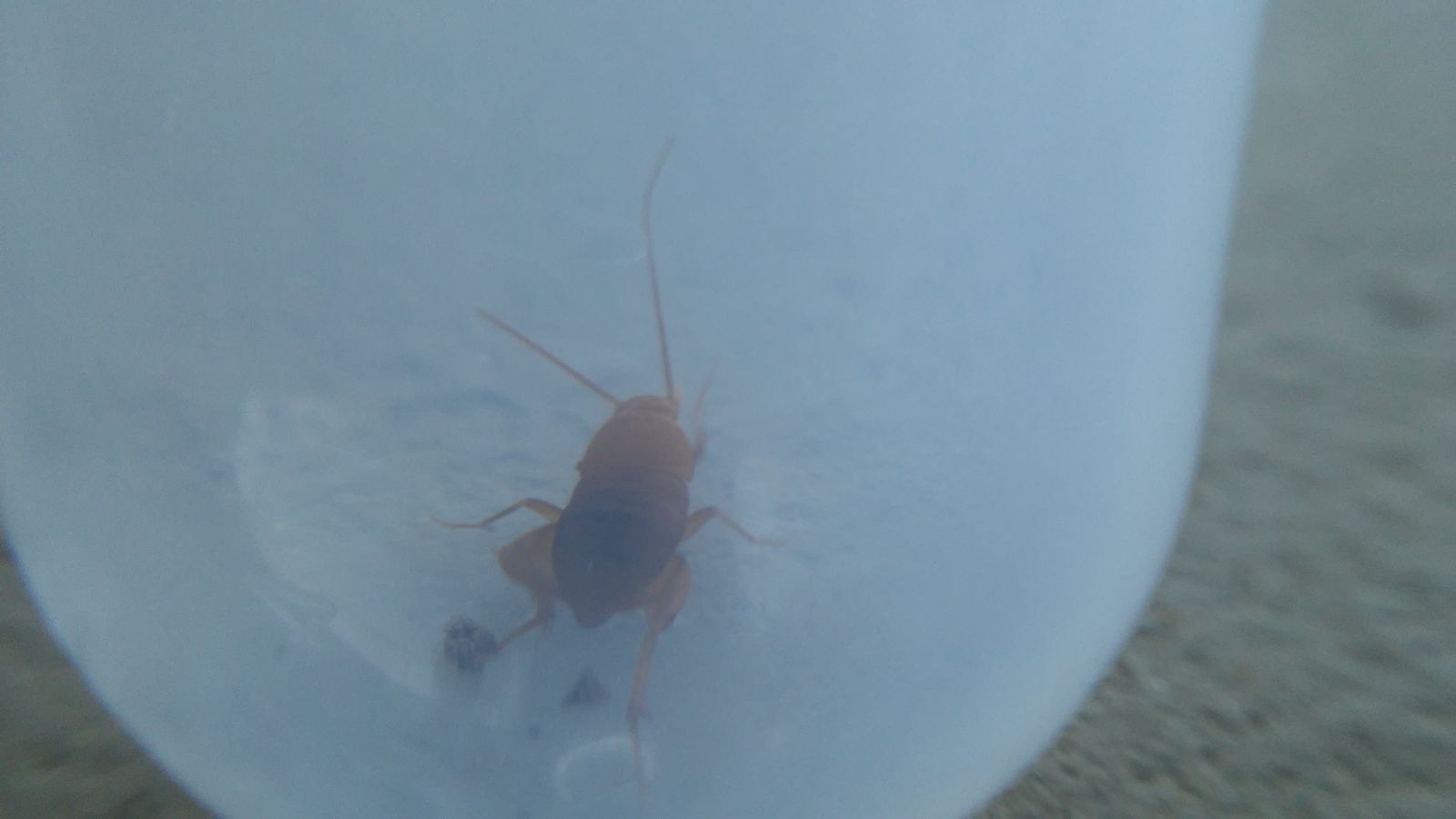Does anyone here keep these? I found some in association with Solenopsis xyloni today and added them to my Solenopsis cf. amblychila colony in the hopes that they would thrive there. I figured since people here keep ants, someone would at least have seen these often, if not try to rear them.
- Formiculture.com
- Forums
- Gallery
- Members
- Member Map
- Chat





















